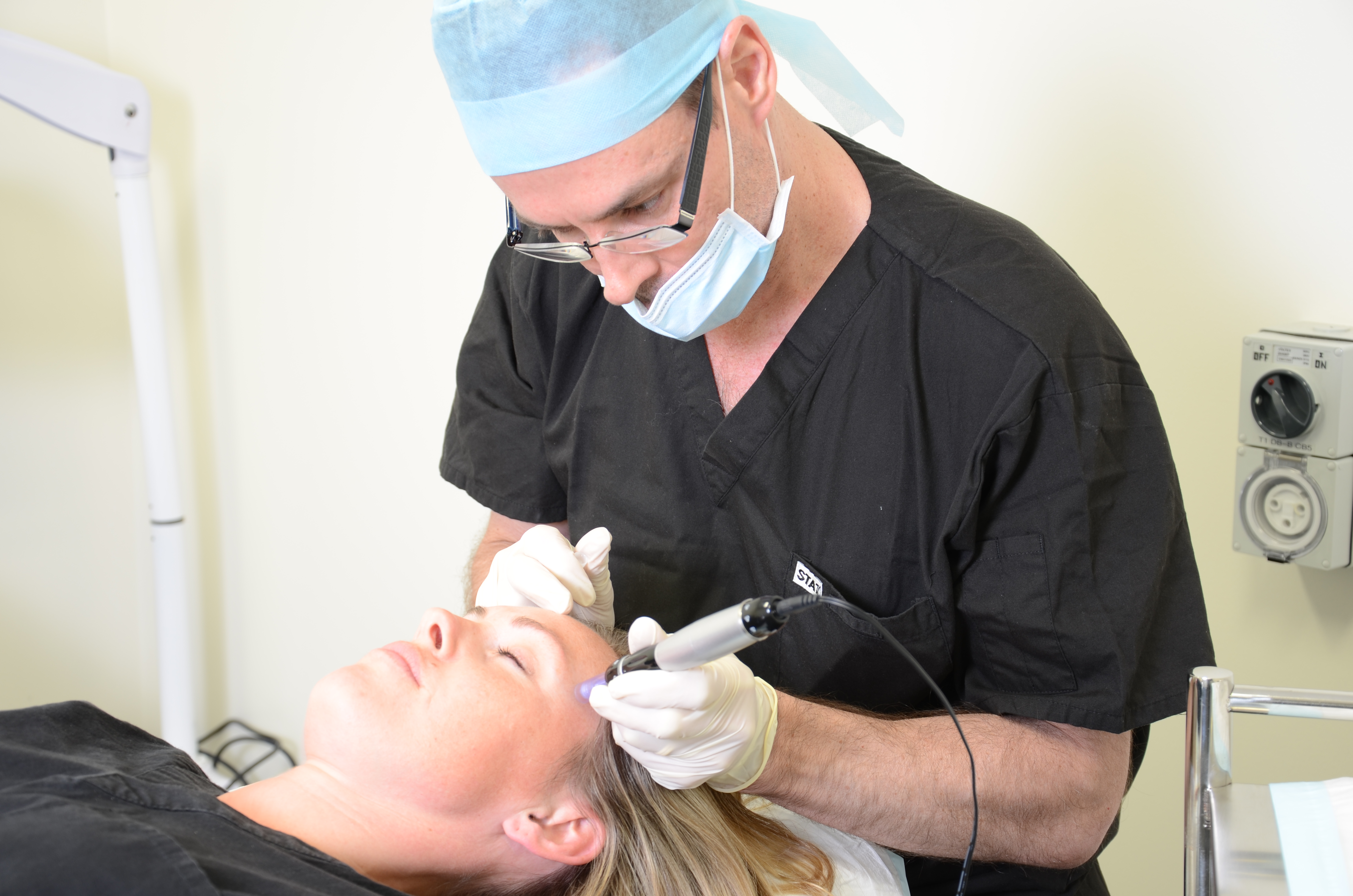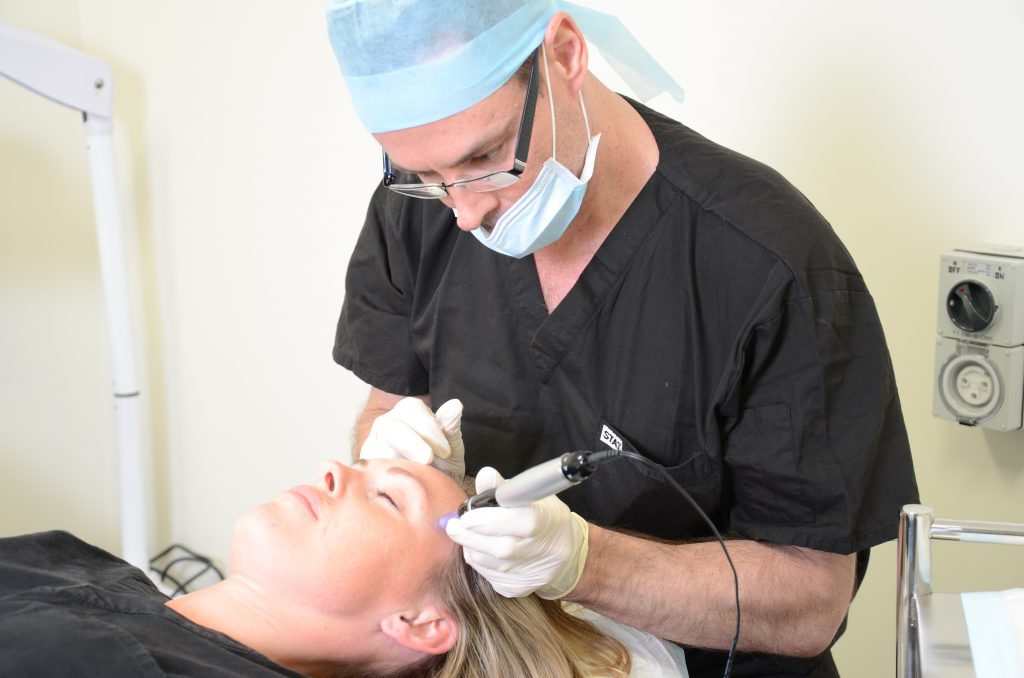The use of platelet rich plasma or PRP therapy is revolutionising the way we look at anti-ageing, according to noted Australian laser, skin and hair restoration specialist Dr Rhett Bosnich.
Dr Bosnich owns and operates the Newin Institute in Melbourne, a leading Australian clinic for cosmetic regenerative medicine and hair restoration. He is a leading Australian authority in surgical hair transplantation and is also at the forefront of cosmetic regenerative medicine including platelet rich plasma, or PRP therapy, and adult stem cell medicine for hair regrowth and skin rejuvenation.
“Our procedure is very unique as it combines a number of proven techniques to produce an anti-ageing and regenerative effect for more youthful skin as a more natural alternative to laser resurfacing,” Dr Bosnich says.
Dr Bosnich is an Australasian College of Cosmetic Surgeons (ACCS) certified laser surgeon, one of a highly skilled select group in Australia. He also has a close affiliation with Dr Bill Paspaliaris, director and founder of an international research company called Paspa Pharmaceuticals Pty Ltd – a PRP technology provider to the medical profession and world leader in international scientific research in the development of stem cell biotechnology.
“In the past few years there has been a shift, particularly from patient demand but also in the way doctors think, in terms of trying to find cosmetic rejuvenation techniques for the face, where you are actually encouraging the body to heal itself. In principal this is what lasers are trying to do but they also induce thermal damage in the process,” he explains.
“What PRP and processes like micro-needling are doing is inducing the skin to heal itself, but without thermal damage, which is much safer for a large variety of different skin types. Laser treatments are often restricted to the fairer skin types.”
Dr Bosnich is noticing a trend among women in particular, towards these forms of treatments to rejuvenate their skin. “As we age a variety of changes occur in our skin; it starts to become thinner; it loses volume, collagen and elastin and we also lose subcutaneous fat; what PRP is trying to do is stimulate the body to produce new collagen and improve the texture, thickness and overall quality of the skin.”
Dr Bosnich says PRP is comparable to fractionated laser resurfacing in terms of producing results.
It has been Dr Bosnich’s experience that PRP, whilst effective on its own, will have enhanced positive effects when combined with a non-laser fractionated process like micro-needling.
“The sort of things this treatment does that a facelift can’t do, is improve the quality and texture of the skin. I have just had a patient who flew in from Denmark to have the PRP and micro-needling procedure, before she went into surgery for a facelift, so the two treatments can be complementary.
“Certainly for younger patients who don’t have advanced forms of skin ageing, it would be a more useful alternative than looking at things like mini-facelifts or laser resurfacing procedures.”
For more information please contact Dr Rhett Bosnich on 1300 360 764.


